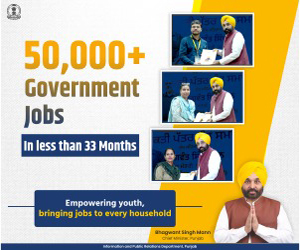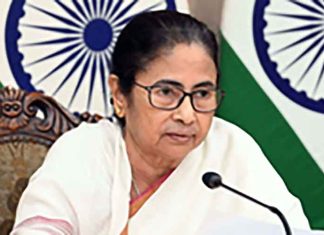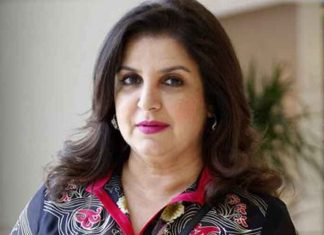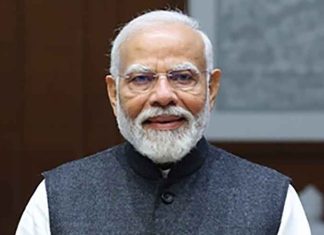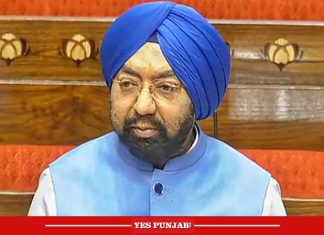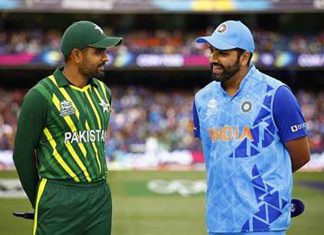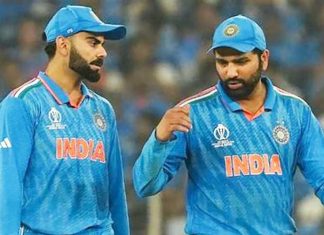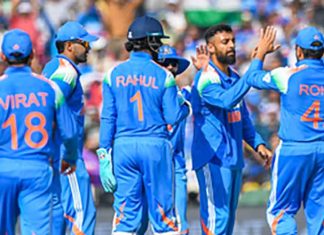Getting health insurance for the first time can feel like a big task. With an abundance of information available, it’s understandable to feel overwhelmed. However, there’s no need to worry.
This blog will simplify the process for you. You’ll have a clear understanding of what to consider and how to select the most suitable plan for your needs.
Ready to begin? Explore your options here.
3 Factors to Consider When Buying Health Insurance
The various factors to consider are as follows:
Coverage for Hospitalisation and Critical Illnesses
The first thing you need to check in a health insurance plan is its coverage. Here’s what you should look for:
In-patient hospitalisation
This covers the costs of treatment if you’re admitted to a hospital. It includes room rent, doctor fees, and surgery costs.
Pre- and post-hospitalisation expenses
These include tests, consultations, and medicines before and after your hospital stay. Make sure your plan offers a reasonable period, like 30 days before and 60 days after hospitalisation.
Critical illness cover
Protects you financially in case of major illnesses like cancer, stroke, or heart disease. Some plans even offer a lump sum payout.
Day-care treatments
Covers medical procedures that don’t need an overnight stay, like cataract surgery or chemotherapy. Check the list of day-care treatments included.
Ambulance cover
Look for a policy that covers ambulance charges in emergencies.
| Category | What Health Insurance Covers | What Health Insurance Doesn’t Cover |
| Hospitalisation Costs | Expenses for in-patient hospitalisation, including room rent, ICU charges, and nursing. | Charges beyond the room rent limit (if specified in the policy). |
| Pre- and Post-hospitalisation | Medical expenses incurred before and after hospitalisation (e.g., diagnostics, follow-ups). | Expenses outside the covered timeframe (e.g., 30 days pre or 60 days post, depending on the policy). |
| Day-care Procedures | Treatments that don’t require 24-hour hospitalisation (e.g., cataract surgery, chemotherapy). | Procedures not listed under the policy’s day-care coverage. |
| Ambulance Charges | Emergency ambulance services up to a specified limit. | Costs exceeding the specified limit for ambulance services. |
| Critical Illness Cover | Coverage for major illnesses like cancer, heart disease, or kidney failure (if included). | Illnesses not mentioned under the critical illness rider. |
| Preventive Health Check-ups | Annual health check-ups (if included in the policy). | Optional health check-ups not covered in the policy. |
| Maternity Benefits | Maternity expenses and newborn coverage (if included, often with a waiting period). | Complications or costs during maternity excluded in the policy. |
| Mental Health Treatment | Psychiatric treatment (if explicitly covered in the policy). | Counselling sessions or treatments not listed in the coverage. |
| Pre-existing Conditions | Coverage after the specified waiting period (e.g., 2-4 years). | Costs incurred during the waiting period for pre-existing conditions. |
| Alternative Treatments (AYUSH) | AYUSH treatments like Ayurveda, Yoga, Unani, Siddha, and Homeopathy (if covered). | Experimental or unproven alternative therapies. |
Understanding Premium and Sum Insured
The premium and sum insured are two of the most important parts of your policy. Here’s how to think about them:
Premium
This is the amount you pay for your policy. While lower premiums may seem attractive, make sure the coverage meets your needs.
Sum insured
This is the maximum amount your insurance will cover. For example, if you live in a metro city where healthcare costs are higher, opt for a higher sum insured, like ₹10 lakhs or more.
No-claim bonus (NCB)
Some insurers reward you for not making claims by increasing your sum insured without raising premiums.
Add-ons
Some plans let you add extra benefits like maternity coverage, OPD (Outpatient Department) expenses, or dental care. Choose these if they match your needs.
Choosing Cashless Hospitalisation Options
Cashless hospitalisation makes things super easy during emergencies. Instead of paying out of pocket and getting reimbursed later, your insurer directly settles the bill with the hospital. Here’s what to check:
Network hospitals
Look for plans with a large network of hospitals, especially near where you live. Bigger networks give you more options in emergencies.
Claim process
Ensure the cashless claim process is simple. You shouldn’t have to worry about lengthy paperwork when you’re in a medical emergency.
Caps and limits
Some policies may have restrictions on room rent or specific treatments. Make sure these fit your expectations.
Common Pitfalls to Avoid When Buying Health Insurance
Some of the most important things to avoid are:
Ignoring Waiting Periods for Pre-existing Conditions
Almost every health insurance plan has a waiting period for pre-existing conditions. Here’s what you need to know:
What is it?: The waiting period in health insurance is the time you have to wait before coverage for pre-existing conditions begins. It’s usually between 2 to 4 years.
What to do?: If you have existing health issues, pick a plan with a shorter waiting period. Some plans also offer options to reduce this period by paying extra.
Overlooking Network Hospital Lists
Cashless hospitalisation only works at network hospitals. Make sure you:
Check the list: Ensure the insurer has tie-ups with good hospitals in your area. This will save you from surprises during emergencies.
Visit a few hospitals: If possible, visit some network hospitals to understand their quality and services.
Skipping Policy Renewals
Missing a renewal can lead to a lapse in your coverage. This can mean losing benefits like no-claim bonuses or lifelong renewability. Don’t forget to:
Set reminders: Set an alert on your mobile or mark your calendar.
Renew on time: Pay your premium before the due date to avoid coverage gaps.
How to Compare Health Insurance Policies?
Below, we have listed the most important steps to compare and choose the best health insurance in India:
Assess Your Needs
Before you start comparing policies, take some time to think about what you really need:
Are you buying insurance for yourself or your family?
Do you want coverage for specific illnesses or treatments?
What’s your budget for premiums?
Do you need add-ons like maternity or critical illness cover?
Compare Key Features
Use online tools to compare multiple policies side by side. Focus on:
Premium costs: Ensure it fits your budget without compromising coverage.
Coverage benefits: Look at what the policy includes, like hospitalisation, critical illness, and day-care treatments.
Claim settlement ratio: This tells you how often the insurer settles claims. A higher ratio is better.
Waiting periods: Compare the waiting periods for pre-existing conditions or specific treatments.
Read the Fine Print
Before you lock in your decision, go through the policy details carefully:
Exclusions: Understand what’s not covered, like cosmetic treatments or experimental procedures.
Claim process: Check if the claim process is hassle-free. Some insurers offer quick and easy digital claim filing options.
Co-payment clauses: Some policies require you to pay a part of the treatment cost. Make sure you’re okay with the co-payment percentage.
Renewability: Opt for plans that offer lifelong renewability
Health insurance is a must-have for your financial security and peace of mind. By focusing on coverage, premiums, and network hospitals, you’ll make a smart choice. Avoid common mistakes like ignoring waiting periods or skipping renewals, and take time to compare plans.



